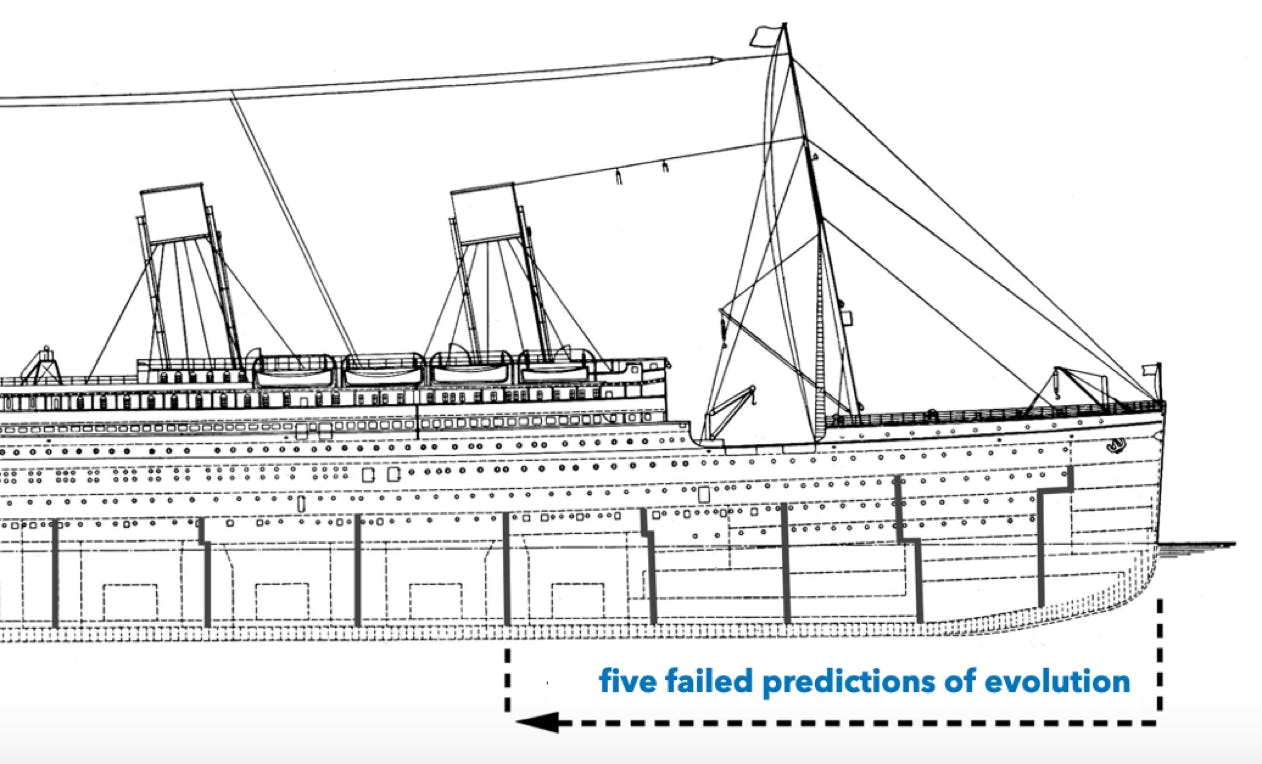
Brief summaries of chapters 4 to 8—unpacked in detail in Evolution’s Iceberg—are given below.
Full referencing of quotes and sources can be found in the book.

Brief summaries of chapters 4 to 8—unpacked in detail in Evolution’s Iceberg—are given below.
Full referencing of quotes and sources can be found in the book.
The view commonly held by intellectuals and the public at large is that life arising by naturalistic processes in the universe is “inevitable” and even “easy” and that scientists, if they have not solved the problem yet, soon will. And yet:
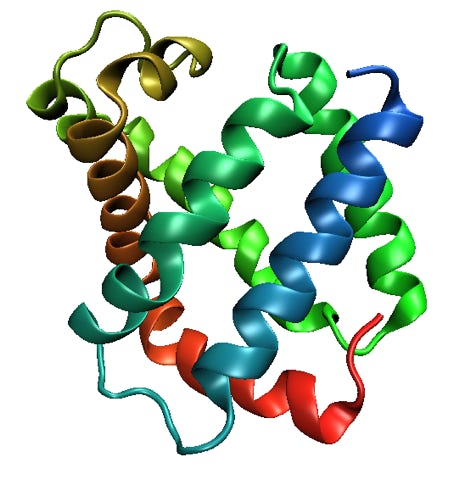
Through our education system and the media we’ve all been repeatedly assured that natural selection has the power to create all of the living world we see around us, including ourselves. Richard Dawkins expresses it this way, “Darwin discovered the alternative to chance and design … The answer is cumulative natural selection. Provided that a smoothly cumulative gradient exists – not a difficult condition to realise – natural selection is likely to find it, and will propel evolution up the slopes of Mount Improbable to apparently limitless heights of perfection”. In this chapter, we discover that each of the points in this statement can be challenged:
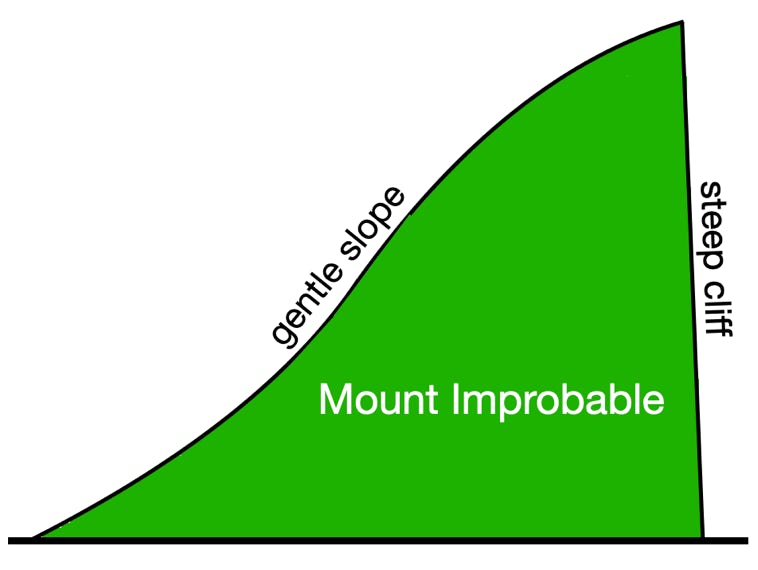

Monument Valley is a better analogy. There is no gentle slope up Mount Improbable
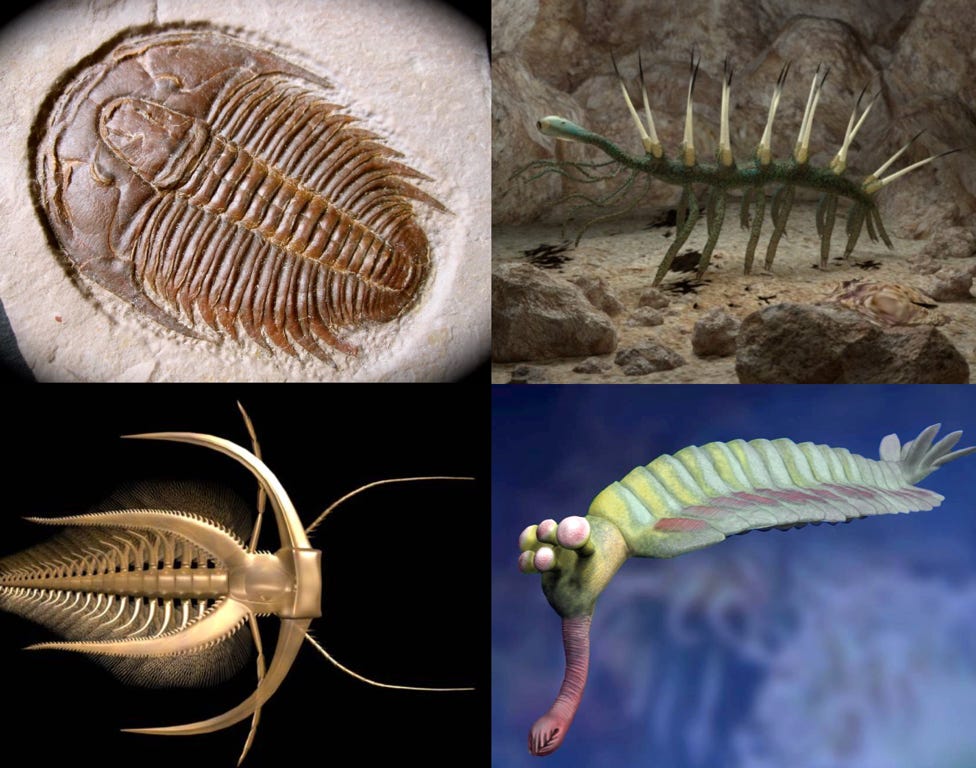
Developing embryos do not repeat an organism’s putative evolutionary history:
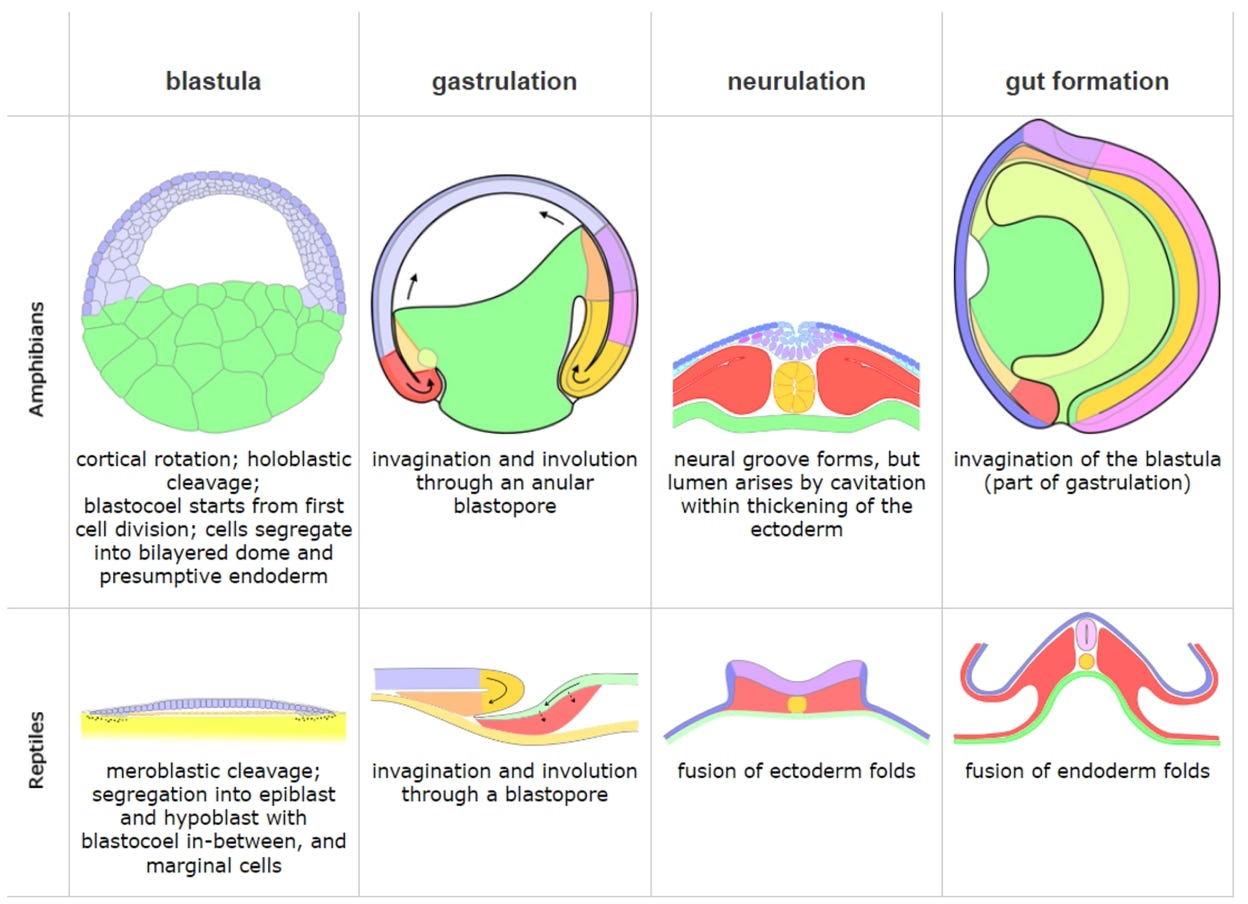
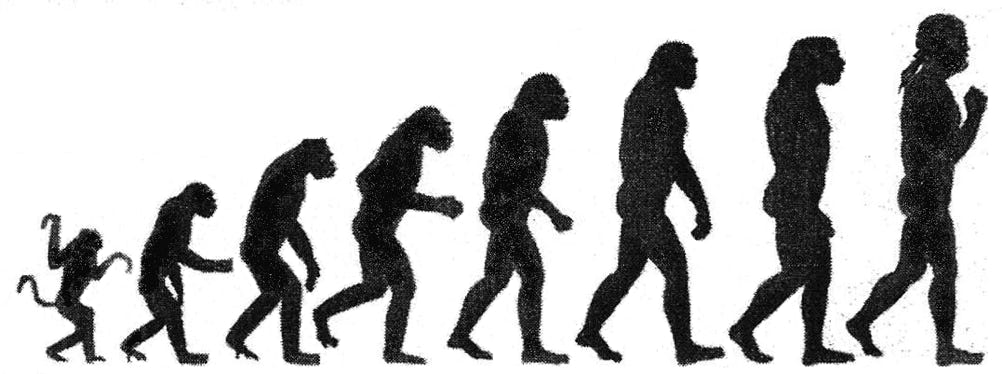
Credits and Permissions
Titanic side plan. Image ID: PC4HXP, History and Art Collection / Alamy Stock Photo. License No. OY74667416.
Myoglobin image courtesy of Opabinia regalis, [CC BY-SA 3.0], via Wikimedia Commons.
Monument Valley, courtesy of Moritz Zimmermann [CC BY-SA 3.0], via Wikimedia Commons.
Trilobite (Paradoxides), courtesy of Dwergenpaartje [CC BY-SA 3.0], via Wikimedia Commons. Marrella reconstruction, courtesy of J. T. Haug et al. [CC BY-SA 2.0], via Wikimedia Commons. Opabinia restoration, courtesy of N. Tamura [CC BY-SA 4.0], via Wikimedia Commons. Hallucigenia, courtesy of Qohelet12 [CC BY-SA 4.0], via Wikimedia Commons.
Amphibian and reptile embryology diagram with the kind permission of David Swift, from his website “Evolution under the microscope”. See Useful Links.
March of Progress, [Public domain], via Wikimedia Commons.